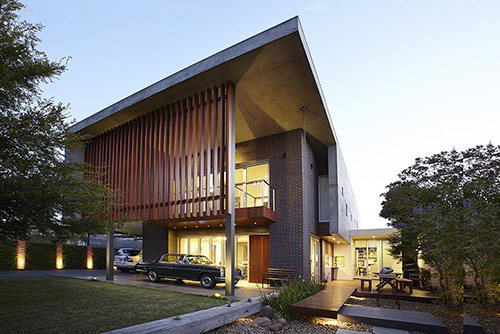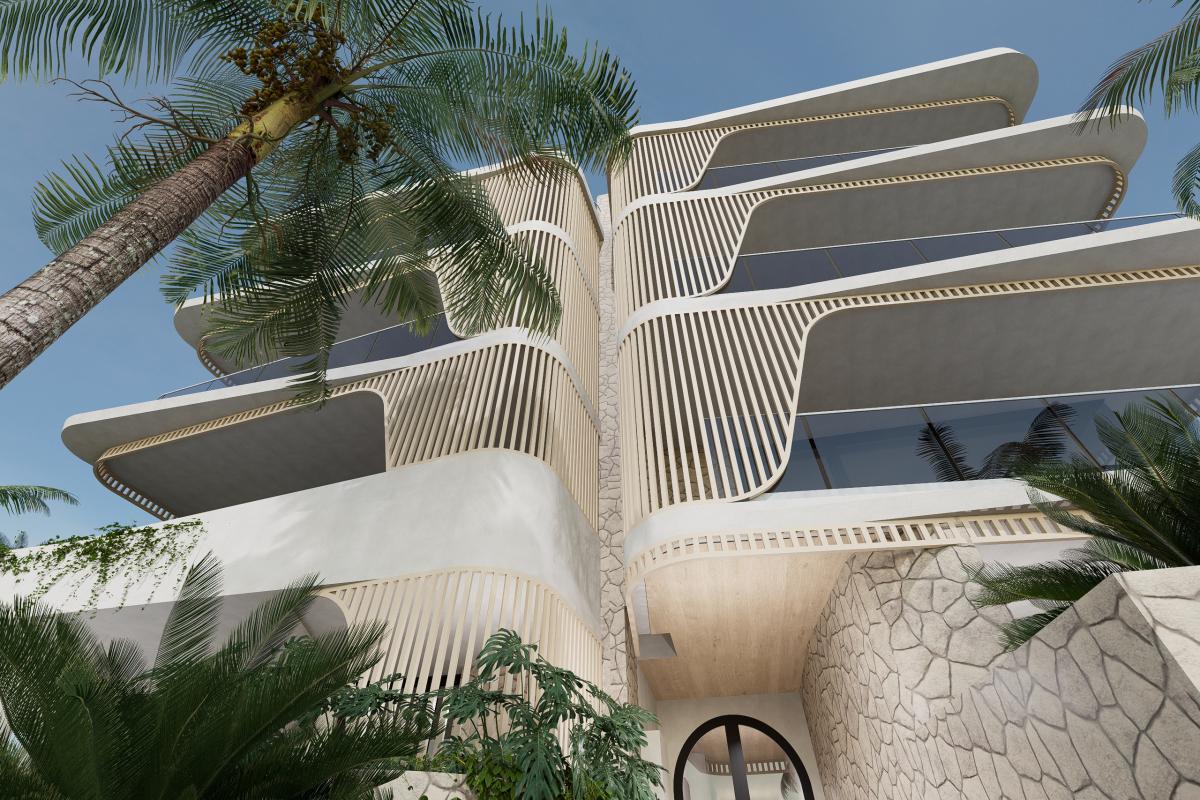Residential Interior Architect: Transforming Your Interior Spaces into Works of Art
Residential Interior Architect: Transforming Your Interior Spaces into Works of Art
Blog Article
How Residential Architects Develop Customized Houses for each Lifestyle
The process by which household architects design personalized homes is a nuanced interplay of understanding client needs and translating those insights into functional home. Through detailed examinations and making use of layout devices, engineers record the essence of their customers' lifestyles, ensuring that each home reflects personal worths and ambitions. This joint strategy extends past first concepts, including lasting techniques and ingenious modern technologies to enhance day-to-day living. As we explore the intricate steps entailed in this transformative process, a deeper gratitude for the designer's role in forming distinct environments begins to emerge.
Comprehending Client Requirements

Efficient interaction is paramount in this process. Engineers must urge customers to articulate their lifestyles, family characteristics, and future goals, guaranteeing that the design shows their distinct identification. By utilizing devices such as questionnaires, interviews, and aesthetic studies, designers can collect useful understandings into the customer's vision.
Moreover, recognizing the context in which a home will exist is necessary. Designers should take into consideration elements such as the website qualities, regional climate, and cultural influences that can impact the design. This all natural technique permits for the creation of spaces that are not just visually pleasing however lasting and also useful.
Ultimately, a deep understanding of customer needs enables engineers to develop customized homes that enhance the quality of life for their owners, promoting a sense of belonging and convenience within their living atmospheres.
Layout Process and Cooperation
The layout procedure in household design is a dynamic interaction of creative thinking and collaboration, where architects, customers, and different stakeholders function closely to bring a vision to life. This repetitive trip typically begins with a series of meetings to develop a thorough understanding of the client's ambitions, preferences, and way of living requirements. Throughout these conversations, designers collect crucial details, enabling them to conceptualize designs that align with the client's vision.
Adhering to the preliminary appointments, the layout phase advances with illustrations, 3D versions, and building renderings. This aesthetic communication functions as a tool for engineers to existing ideas, while also welcoming customer comments, guaranteeing that the last design resonates with their assumptions. Reliable collaboration with engineers, professionals, and interior developers is crucial during this stage, as it makes sure that all useful elements of the task are perfectly integrated.

Incorporating Lifestyle Elements
Including way of life components right into residential style is vital for producing rooms that absolutely resonate with the inhabitants. residential architecture homes. This process begins with comprehending the special requirements, choices, and everyday routines of the homeowners. Designers take part in thorough discussions to reveal exactly how the private or family members utilizes their area, whether for entertaining guests, pursuing leisure activities, or seeking peaceful retreat
As soon as these insights are collected, engineers can tailor style features that boost day-to-day experiences. Open flooring plans may be made for households that prioritize togetherness, while devoted workspaces can be integrated for those who function from home. Outdoor areas, such as gardens or patios, can be emphasized for family members that delight in outdoor tasks or entertaining.
Furthermore, adaptability is a crucial consideration; multi-functional rooms permit flexibility as way of livings advance with time. Custom-made storage space options can likewise be integrated to fulfill specific organization requirements, making certain that the home continues to be useful and clutter-free. Eventually, by attentively weaving way of life components right into the building material, property engineers produce tailored homes that not just satisfy aesthetic desires yet additionally substantially enhance the quality of life for their customers.
Sustainable and Smart Design
Sustainable and clever design significantly plays a pivotal duty in household architecture, as house owners seek to lessen their environmental impact while improving their living experiences. Architects are currently incorporating environmentally friendly materials, energy-efficient systems, and cutting-edge technologies to develop homes that not just meet visual wishes yet additionally serve the world.
Incorporating renewable resource resources, such as solar panels and wind generators, enables homeowners to harness natural deposits, dramatically decreasing dependence on traditional power grids. Smart home innovations further improve sustainability by enhancing energy use with automated systems that manage cooling, home heating, and lighting based on occupancy and choices.
Additionally, the usage of sustainable structure materials-- like redeemed timber, bamboo, and recycled steel-- advertises a circular economic situation, reducing waste and resource intake. Designers also highlight passive layout concepts, making certain homes are oriented for optimum natural light and ventilation, thereby lessening the residential architecture homes requirement for artificial heating & cooling.
In enhancement to eco-friendly advantages, sustainable and smart style adds to the general convenience and health of citizens. By prioritizing interior air top quality and natural environments, engineers produce areas that cultivate well-being, enabling house owners to thrive in consistency with their atmosphere.
Wrapping Up and Implementing Strategies
Settling and executing strategies is a critical stage in the property architecture process, where the vision of a customized home begins to materialize. This stage entails careful interest to detail, ensuring that every element of the layout is specifically expressed and ready for building. residential architecture homes. Engineers collaborate very closely with clients to evaluate final plans, addressing any final adjustments or issues, while making sure that all components line up with the home owner's lifestyle requirements
Once strategies are completed, architects prepare thorough construction documents, consisting of in-depth illustrations and specifications that act as a plan for contractors. These files lay out materials, surfaces, and installation techniques, supplying quality for subcontractors and service providers. In addition, protecting needed permits and adhering to local building regulations is vital, as it makes certain conformity and smooth project execution.
By cultivating a collaborative environment, engineers can ensure that the execution straightens with the original vision. Inevitably, this vital stage transforms concepts right into reality, laying the structure for a home that shows the unique lifestyle and preferences of its occupants.
Verdict
In conclusion, residential architects play an essential function in crafting customized homes that satisfy varied way of livings. With careful understanding of customer requirements, collective layout processes, and the combination of lifestyle components, engineers ensure that each home shows individual choices. The unification of clever modern technologies and lasting methods even more boosts performance and environmental duty. Inevitably, the initiatives of household designers finish in the understanding of customized space that promote comfort and wellness for their residents.
The procedure by which domestic engineers layout personalized homes is a nuanced interaction of understanding customer requirements and converting those insights right into functional living spaces. Through comprehensive consultations and the use of design tools, designers record the significance of their customers' way of lives, guaranteeing that each home mirrors personal worths and desires. Architects should encourage customers to articulate their way of lives, household dynamics, and future ambitions, ensuring that the design reflects their unique identification.The More Bonuses design procedure in household design is a vibrant interplay of creative thinking and partnership, where architects, clients, and you can find out more numerous stakeholders work carefully to bring a vision to life - residential architecture homes. Via precise understanding of client needs, collective style procedures, and the assimilation of way of life aspects, engineers make sure that each home shows private choices
Report this page